Only 2,000 people daily at Saint Martin’s – reopens from this November
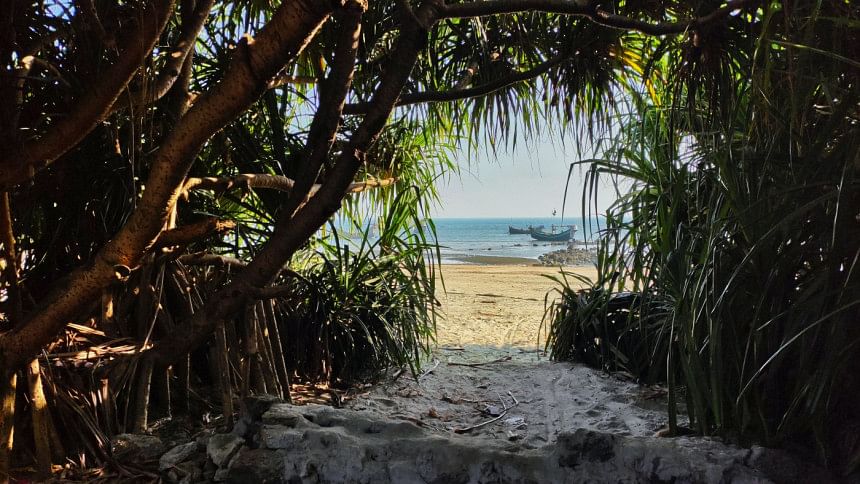
Having been closed for months, our beloved Saint Martin's Island will once again welcome its visitors, starting from 1 November until February, but with a few restrictions this time.
Daily visitors to the island will be capped at 2,000, restricting access to a beach that was once upon a time open without limits.
In the months of November and December, only day tours will be permitted and starting from January, tourists will be allowed to stay overnight, government officials confirmed to UNB.
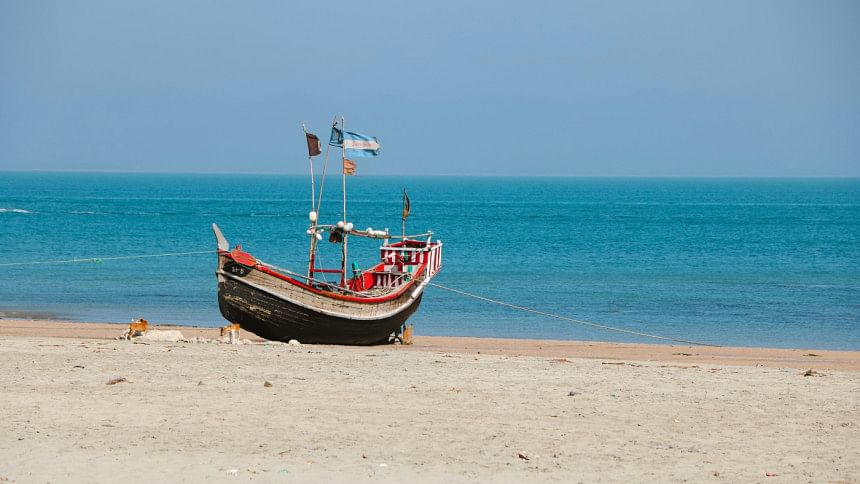
The plan was formulated in coordination with the Ministry of Environment, Forest and Climate Change for the purpose of saving the endangered climate, and particularly, the coral reefs of the island.
For years, it has been common knowledge that Saint Martin is the only coral island of Bangladesh. Today, that very island's coral ecosystem is under serious threat, mainly due to our oblivious behaviour.
Often misunderstood as rocks due to their stony structures, corals are actually living animals that grow over thousands of years. In fact, these coral reefs help balance the ecosystem and marine environment around the island of Saint Martin.
A study by Dhaka University has identified a significant decline in the number of coral species in Saint Martin of Bangladesh over the past few decades, leaving the ecosystem of the coral reefs and island in threat.
Given the precarious state of the island, after February next year, no one really knows for sure as of now how much longer it will remain open for tourists as researchers cite uncontrolled tourism and plastic use as the main reasons for the deteriorating coral species.
Known for its coral colonies, sea turtles, and scenic beauty, it is also locally called Narikel Jinjira (Coconut Island) because of the abundance of coconut trees.
With white sandy beaches and water so clear you can see your feet beneath the surface, the destination has a tropical paradise feel that's rare in Bangladesh.
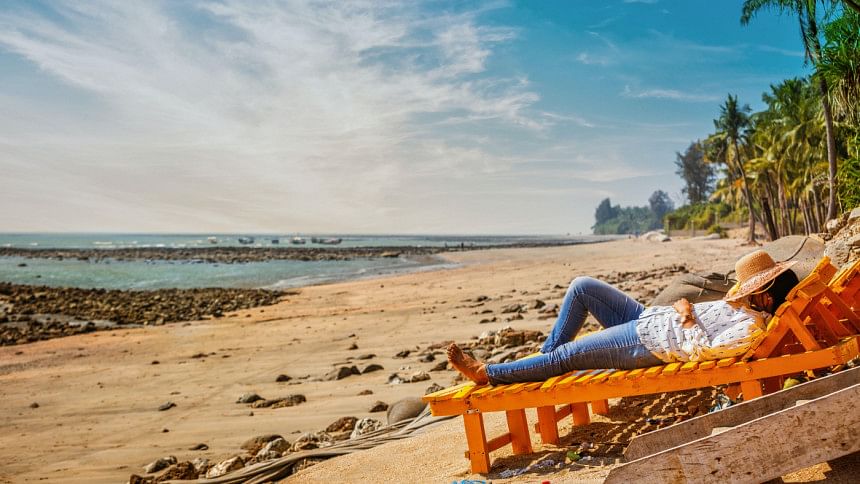
To indulge in the diurnal activities and a dream beach experience — strolling on the sand, drinking coconut water, enjoying the view of the sea on one side and coconut palms on the other — you can come here any day now.
However, if stargazing at night on an island beach is in your bucket list, consider visiting in January when night time visits will be allowed.
The island now comes with a set of ground rules for visitors. First, you have to register through an app developed by the Bangladesh Tourism Board to reserve your stay on the island.
Second, a ban has been imposed on the polythene and one-time polythene products. So, do not throw single-use plastic or other waste on the island as it can contaminate the waters and suffocate the fishes.
Third, many people collect corals and shells as souvenirs or for selling, which directly damages the reef structure. So, do not disturb the ecosystem and buy or sell the coral and shells.
Lastly, do not create noise pollution, hold barbecue parties, light fires of any sort, or turn on bright lights at night on the island.
Upon reaching the island, refer to the billboards at the entry point, which list what tourists are allowed and not allowed to do during their visit.
Even with all the rules, doesn't that make the island even more irresistible — like chasing a treasure finally back in sight after months of being away?
Whether you're a traveller seeking adventure or a beach lover curious to see what crystal-clear turquoise water really looks like, Saint Martin can be your go-to island.
If you are someone who has never had the chance to visit the lone coral island of Bangladesh, this is arguably your limited opportunity to see it through your own eyes while you still can.
This island truly mesmerises everyone who sets foot on it — both from home and abroad — beckoning thousands of visitors every year, eventually contributing to our GDP through the tourism sector. It is our treasure and, therefore, our responsibility to protect it.

 For all latest news, follow The Daily Star's Google News channel.
For all latest news, follow The Daily Star's Google News channel. 

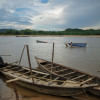
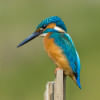

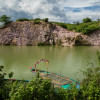



Comments